16 games the Nintendo Switch Virtual console needs (including, yes, lots of Gamecube)
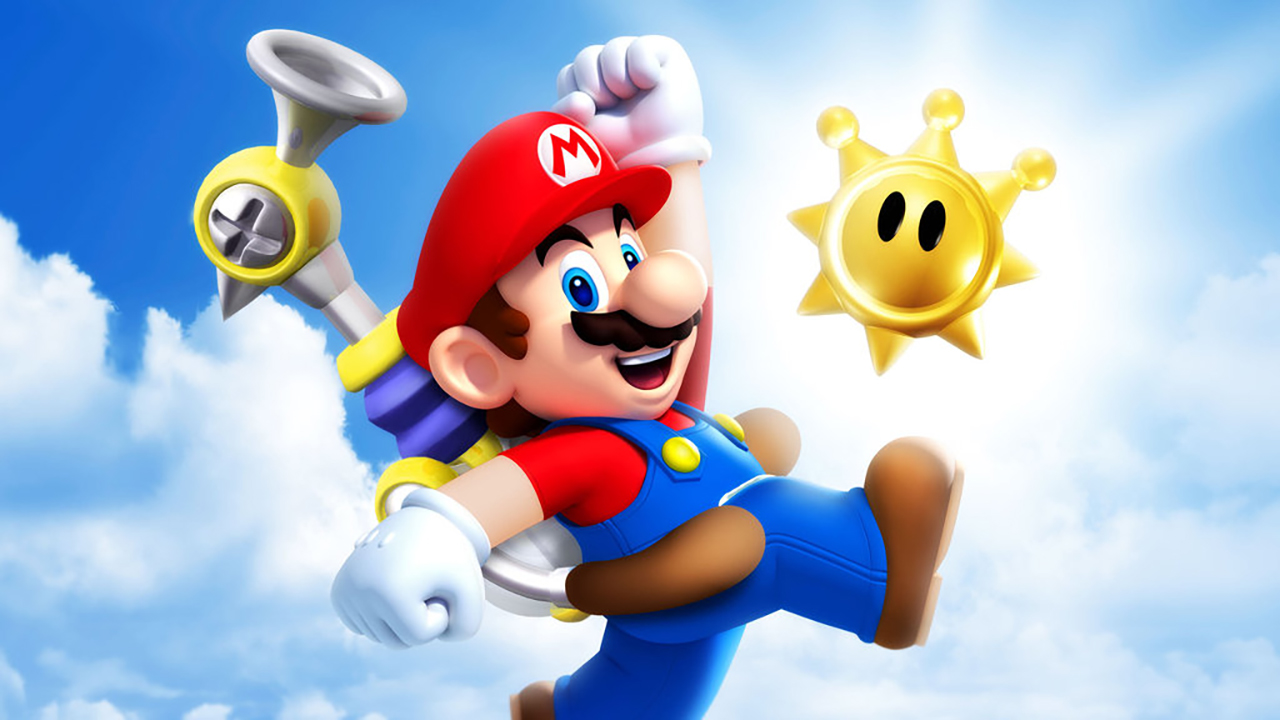
The Nintendo Switch’s Virtual Console won’t be available at launch. That means two things. Firstly, it means relentless Twitter moaning. Secondly, it means a silver lining of extended, excitable speculation as to what might appear on it. I’m here to concentrate on the latter.
And there's’ a particular reason to be excited about the Switch’s VC. By way of multiple rumours, product trademarks, and ambiguous comments by high-level Nintendo staff, there’s a pretty good chance that the Gamecube - most beloved, creative, and deliciously purple of all Nintendo consoles - might finally be coming to the retro download service. This list isn’t going to be entirely GC-focused, mind. There are still, despite two generations of the Virtual Console over three different formats a handful of older games that haven’t yet made an appearance. But with the whiff of returning GC games in the air, you can be damn sure I’m going to enthuse about a lot of them. Starting with…
Eternal Darkness: Sanity’s Requiem
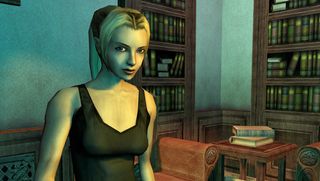
Format: Gamecube Released: 2002
What it is: One of the best and most unique survival-horror games ever made, blending deep, weighty Lovecraftian atmosphere, grinding bleakness, and a genuinely inventive and satisfying tactical dismemberment combat system long before Dead Space did it. And its hallucination-fuelling insanity system is one of the genre's best - and best-executed - innovations to date.
Why we want it back: Because sequels and spiritual successors have been intermittently teased but never delivered for a good long time now. With Nintendo having apparently refreshed the trademark recently, surely that's a tease too far to disappoint again? With survival-horror making a big comeback over recent years, Eternal Darkness could really hit the ground running this time.
F-Zero GX
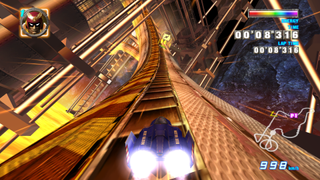
Format: Gamecube Released: 2003
What it is: Nintendo and Sega's co-produced, never-sequeled realisation of everything F-Zero was always supposed to be. A swirling, looping, sensorily staggering future racer that nonetheless manages to maintain all the tight, twitch-handling that made the SNES original such a fresh and compulsive hit back in 1991. It also packs the most categorically banging industrial hair-metal soundtrack any game is ever likely to enjoy.
Sign up to the 12DOVE Newsletter
Weekly digests, tales from the communities you love, and more
Why we want it back: Because despite two generations of fan pleas, it's never had a sequel, and running at 60 frames per second even in its original release, it would probably still feel as modern now as it did at launch.
Super Mario Sunshine

Format: Gamecube Released: 2002
What it is: The slightly oddball, but deliriously summery Mario game that took the series' traditionally giddy vibe to new heights, and added some weird, but decidedly game-changing new systems in the form of combined hosepipe-cum-jetpack FLUDD.
Why we want it back: Level objective types might repeat, and Mario's ability to temporarily fly might alter the series’ traditional focus on dextrous, high-stakes platforming, but with a few years' distance and hindsight, Sunshine now feels less like the strange, slightly divisive departure it once was, and more like an interesting, off-kilter innovation deserving of reappraisal.
Metroid Prime
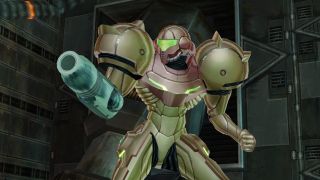
Format: Gamecube Released: 2002
What it is: The most drastic (but smartly sympathetic) update to a Nintendo series since Super Mario 64, Metroid Prime turned the long-running, sci-fi adventure series first-person - but crucially did not turn it into an FPS - maintained its storied focus on atmosphere and isolation, and created one of the most beautiful and compelling Gamecube games in history.
Why we want it back: Built on a solid bedrock of tone, exploration, and puzzling, Prime would still work incredibly well today (and look brilliant on the Switch’s handheld screen). And hell, if we could get a VC version of the Wii’s polished-up Metroid Prime Trilogy collection, the Joy-Cons would improve upon the Wii’s motion-controlled aiming exponentially.
Paper Mario: The Thousand Year Door
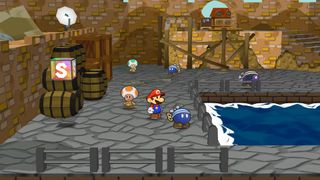
Format: Gamecube Released: 2004
What it is: Probably the pinnacle of the (various) Mario RPG series, Thousand Year Door is a sparkling example of smartly adapted gameplay systems and none-more witty, warmly hilarious writing. One of the most self-aware games Nintendo has ever made, it writes an endlessly funny loveletter to decades of Mario history, while delivering an entirely satisfying new chapter of its own.
Why we want it back: A vast odyssey of RPG whimsy, Thousand Year Door's digestible, compartmentalised structure nonetheless makes it a great fit for playing on the TV or on the move.
Viewtiful Joe
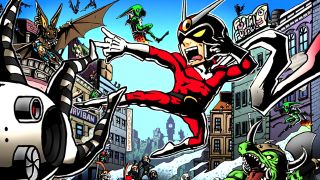
Format: Gamecube Released: 2003
What it is: One of the most beloved games by Capcom’s Clover studio (which later went on to fuel Platinum Games), Viewtiful Joe is part side-scrolling brawler, part 2D Bayonetta, all creative, lunatic fun. With instinctive dodge and parry systems building to a vast stack of depth, underpinned and amplified by a whole array of time-bending mechanics, Viewtiful Joe is one of the most rewarding action games of the era. And thanks to its ludicrous, b-movie aesthetic, one of the funniest.
Why we want it back: There hasn’t been a sequel in over a decade, and Joe hasn’t appeared in a game since Marvel vs. Capcom 3 in 2011. And being a game by the team that would go on to Platinum, we’re willing to bet VJ’s action still holds up as well as it ever did. ie. Very.
SoulCalibur 2

Format: Gamecube Released: 2002
What it is: The best version of possibly the best Soul Calibur game, Nintendo's edition of Namco's blade-based brawler features Link as a playable guest character, bringing a full suite of Zelda-based weapons - from Goron hammers to bombs - totally authentic to their origins but tuned up to work wonderfully in a fighting game. And its story-based, gimmick-driven weapon-master mode is one of the series' single-player highlights.
Why we want it back: Because despite the quality of the Gamecube version of SC2, Nintendo platforms have been rather overlooked for main series entries ever since. And with Breath of the Wild launching the Switch, Link is certainly back on full-blown poster-boy duties again.
Donkey Kong: Jungle Beat / Donkey Konga
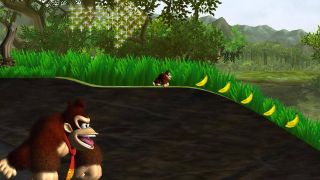
Format: Gamecube Released: 2004 / 2005
What it is: Two of the best examples of Nintendo's experimental 'DO EVERYTHING' period during the middle of the Gamecube's life. Both originally played with the GC's proprietary bongo peripheral, the latter is a traditional rhythm-action music game, while the former is a legitimate Donkey Kong platformer that, er, you control with bongos.
Why we want it back: Jungle Beat especially is the definition of 'Too weird to live, too rare to die', and if Nintendo managed to retool both games to work with Joy-Cons as drumsticks (with HD rumble delivering impact) the Switch versions could be definitive.
Killer7
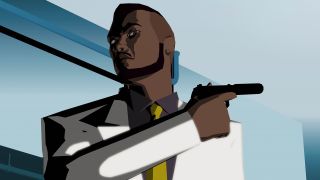
Format: Gamecube Released: 2005
What it is: Suda 51 and Shinji Mikami's surreally stylised adventure game / on-rails shooter, in which a group of body-swapping, technically dead assassins battle murder-virus infected, exploding terrorists as political tensions between Japan and the US rise due to a mutually isolationist foreign policy.
Why we want it back: The most belligerently strange, yet artistically successful of Suda's games, it really, really deserves exposure to a new audience now that games as a whole are a lot more experimental than they were in 2005. It was too weird for many back then. Now, it would fit right in.
Super Smash Bros. Melee

Format: Gamecube Release date: 2001
What it is: Still the most celebrated and successful of the Smash Bros. games, and the one that the hardcore fanbase remains most loyal to, thanks to its speed, fluidity, and the room for creativity afforded by multiple, off-kilter, player-discovered techniques that Nintendo may or may not approve of.
Why we want it back: The hardcore are rabid for this one, and understandably so. With Melee still the Smash of choice for professional tournament play, and the hardware it runs on getting increasingly old and inconvenient - no-one likes lugging CRTs around - a new version, that didn't actually change anything bar platform and graphical quality, would be a hell of a gift to the fanbase.
The Resident Evil remake
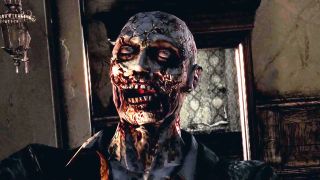
Format: Gamecube Released: 2002
What it is: The excellent, grossly graphically upgraded, and downright terrifying remake of the original Resident Evil, created by Capcom as a bespoke, Gamecube exclusive, but now also available on the PS4 and Xbox One as a digital download.
Why we want it back: Because it's time the Resi remake came home. It's built a hell of a reputation over the years - as exemplified by the celebration when it hit current-gen formats in 2015 - but a return to a Nintendo platform would be a lovely acknowledgement of its origins, as well as a reminder of how cutting edge and hardcore-friendly Nintendo can be when it wants to.
Star Fox
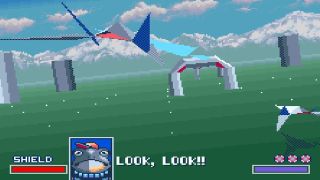
Format: SNES Released: 1993
What it is: The polygon-pushing space shooter that started the whole series. Delivering feats impossible on the hardware of the time, by way of extra processing power built into the cartridge itself, Star Fox might have aged, but as a vital piece of Nintendo history, it's ridiculous that there isn't a current VC version.
Why we want it back: Aside from the obvious importance of the game, those five-minute, score attack levels and branching, secret-fuelled paths would make Star Fox perfect for portable play.
Terranigma
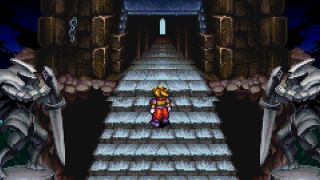
Format: SNES Released: 1995
What it is: Among the best of developer Quintet's SNES output - which is quite the plaudit when you consider that it was also responsible for Actraiser, Soul Blazer, and Illusion of Gaia - the action-RPG is particularly notable for its relatively layered combat system, vast, aeon-spanning storyline, and the fact that, like many SNES RPGs, it had a limited release, never having been officially released in the US.
Why we want it back: Because it's really nice to celebrate interesting SNES RPGs that weren't made by Squaresoft, particularly if a large proportion of the population have been deprived of them for much of their lifetime.
Mario Paint

Format: SNES Released: 1992
What it is: One of Nintendo's weirdest (and best) experiments, the art, music and animation package - that came with its own, bespoke, and tragically under-used mouse - is far more than the straightforward creative suite it could have been, packed with Easter eggs, mini-games, secrets, and endless Nintendo charm.
Why we want it back: With Joy-Con motion-control standing in for the SNES mouse, Mario Paint could work fantastically well on the Switch. It's a perfect fit for the new wave of user-generated content culture - and would kill in conjunction with the Switch’s social Share button - and playing the fly-swatting game on a touch-screen would be just wonderful.
Mother 3
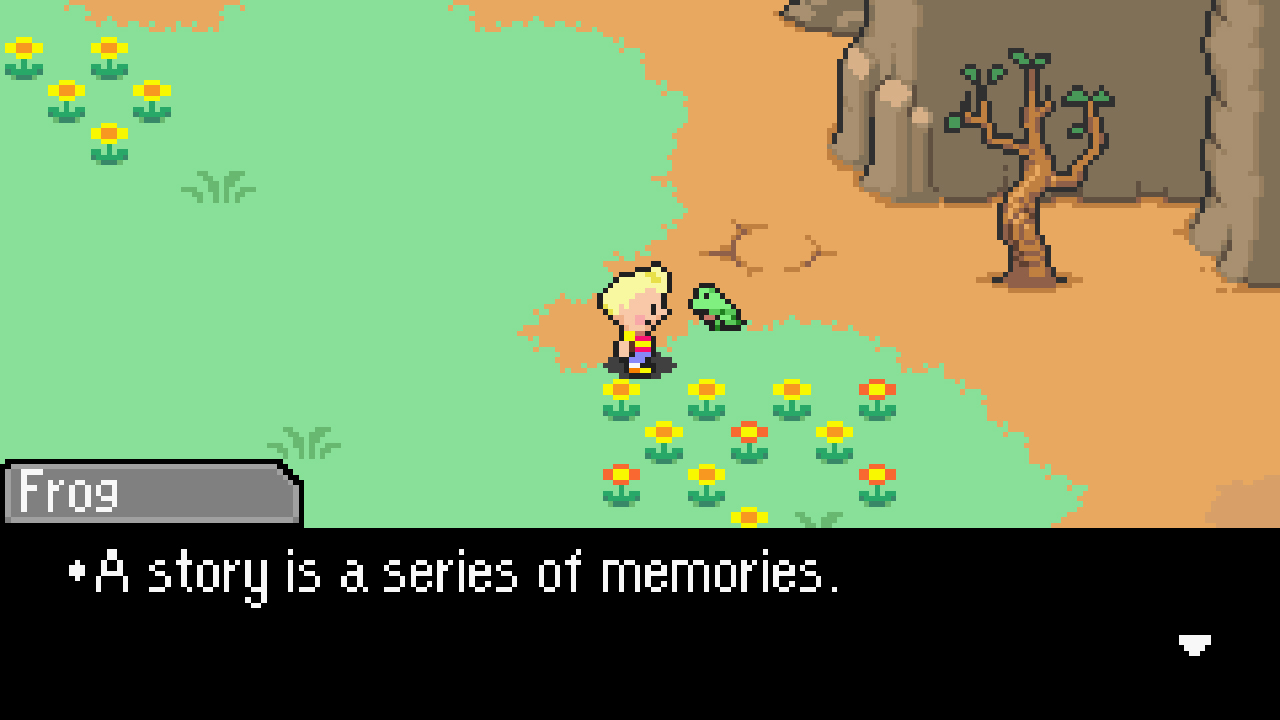
Format: GBA Released: 2006
What it is: The long-delayed, Game Boy Advance-only, Japan-only sequel to Earthbound. Released in 2006, but never once playable in the west without an emulator and a fan-created translation patch, it's one of the most enigmatic and demanded games in Nintendo history.
Why we want it back: Because it's about damn time. And hey, Nintendo finally relented and gave Earthbound a 19-year delayed European release on the Wii U Virtual Console. There is always hope.
While the Virtual Console remains a glorious pipe dream, don't miss our guide to the best Nintendo Switch games to play right now
Most Popular
